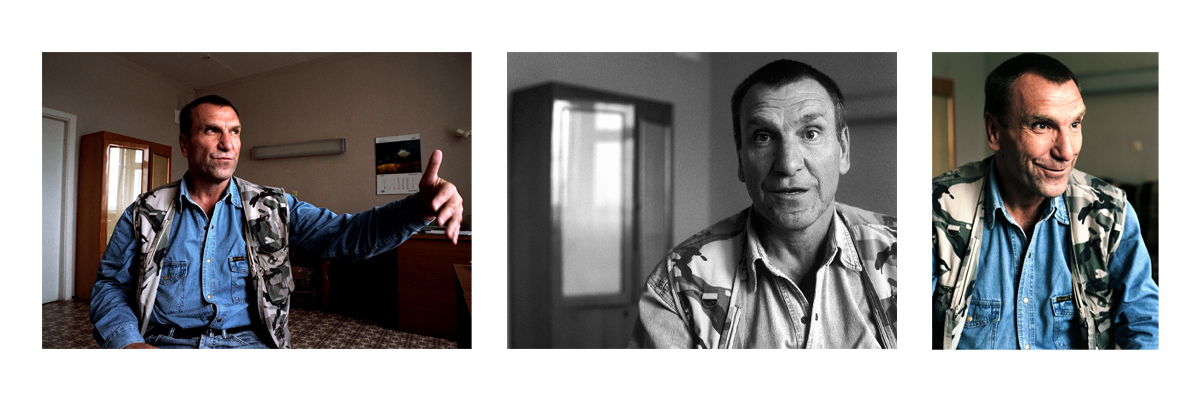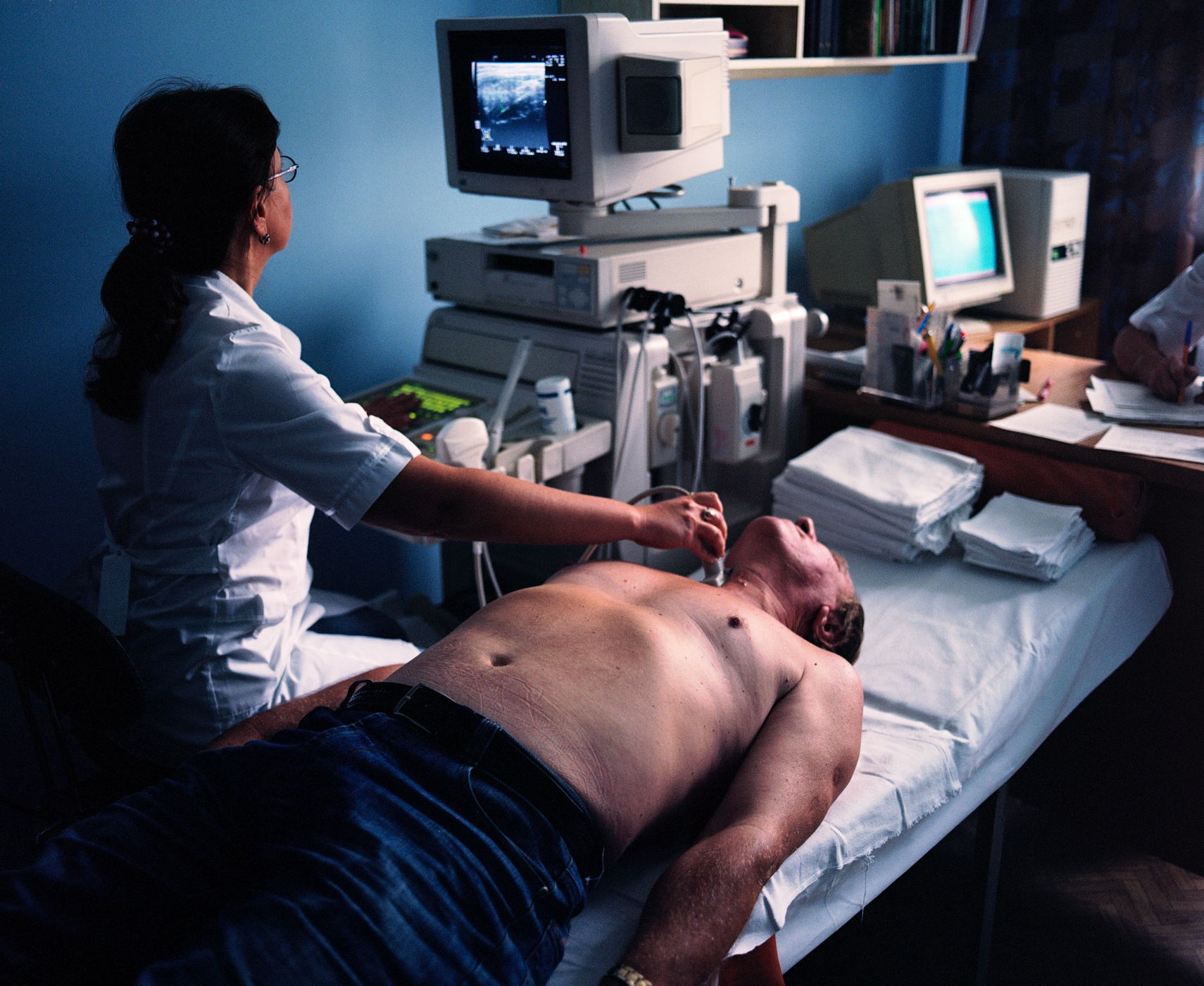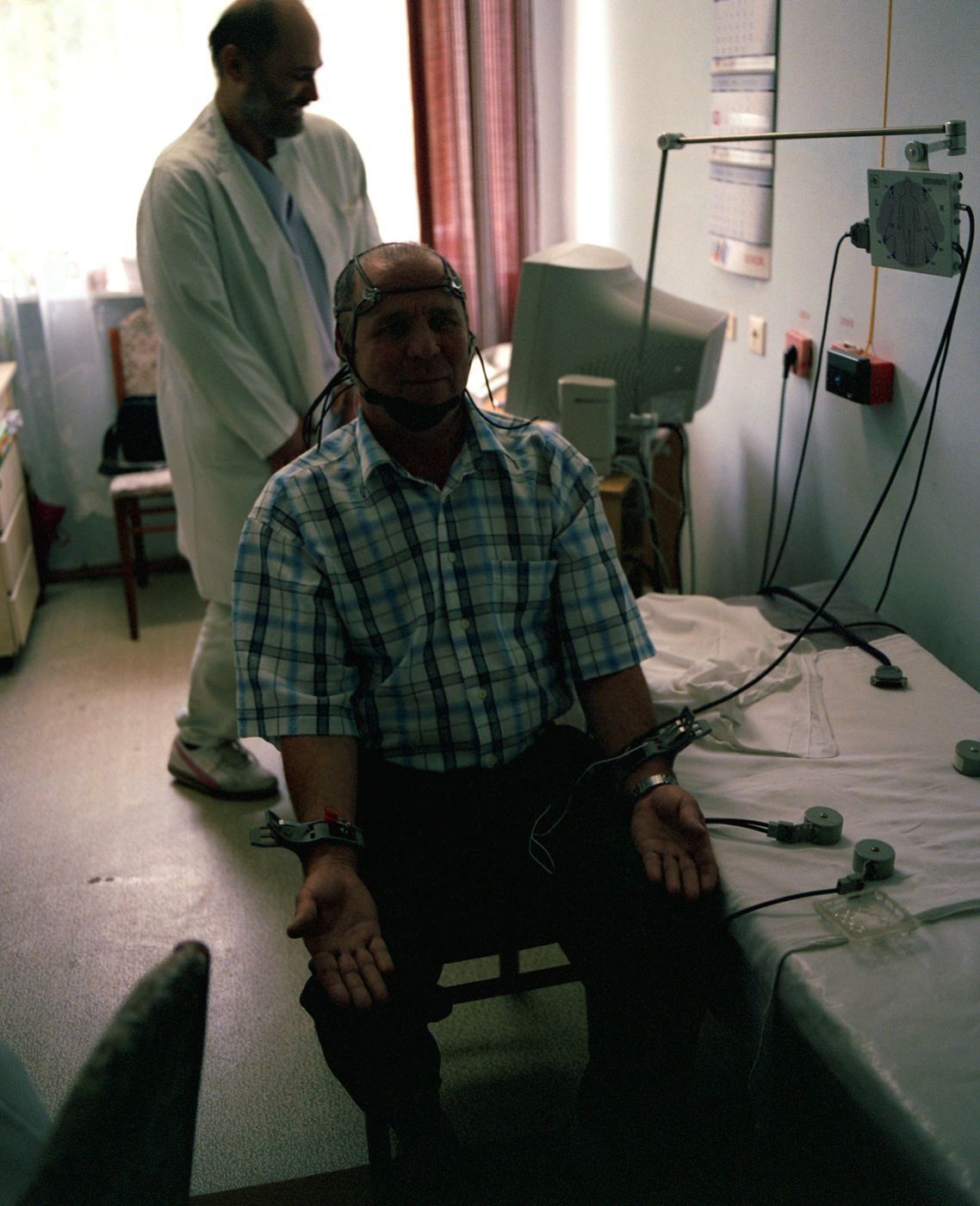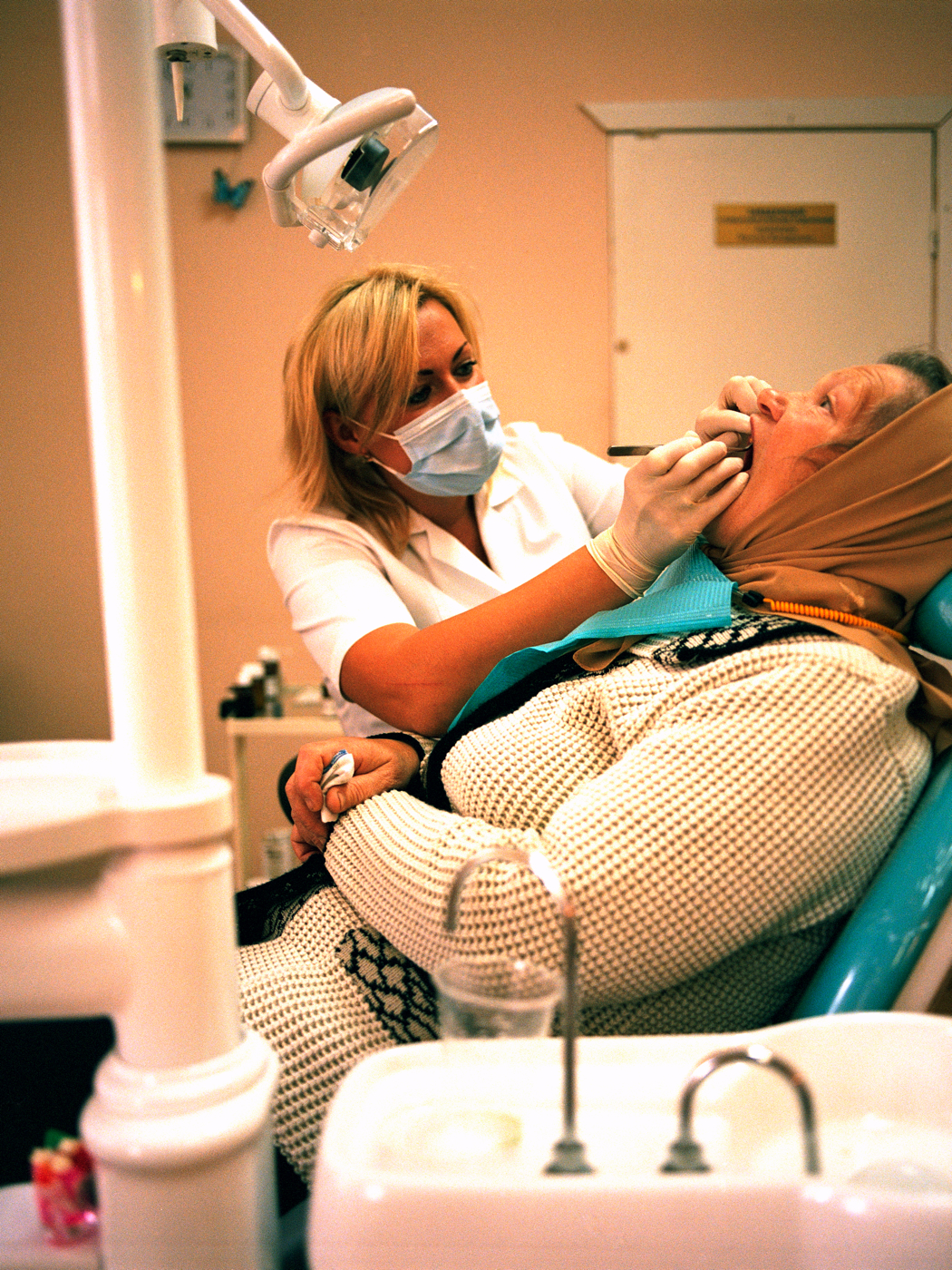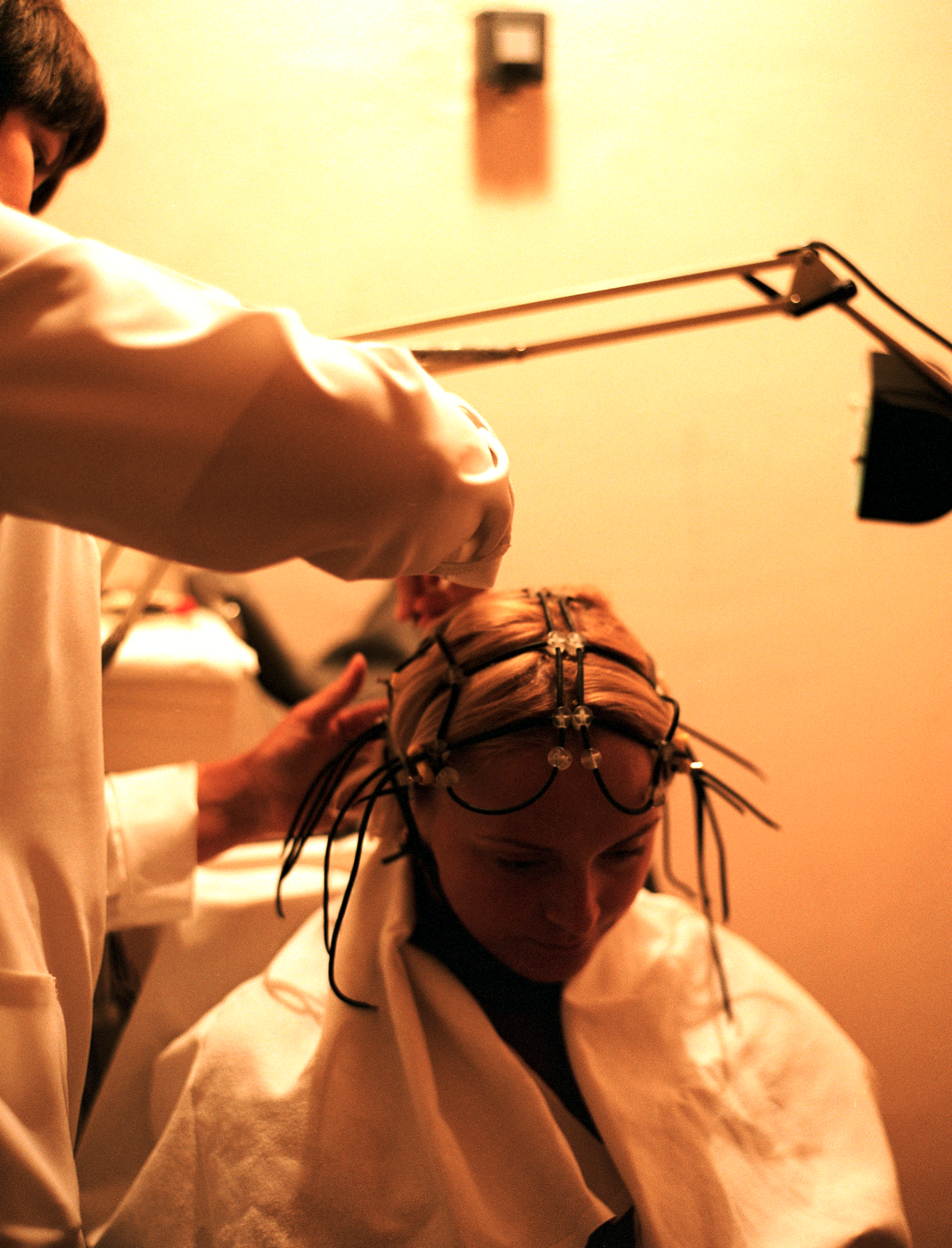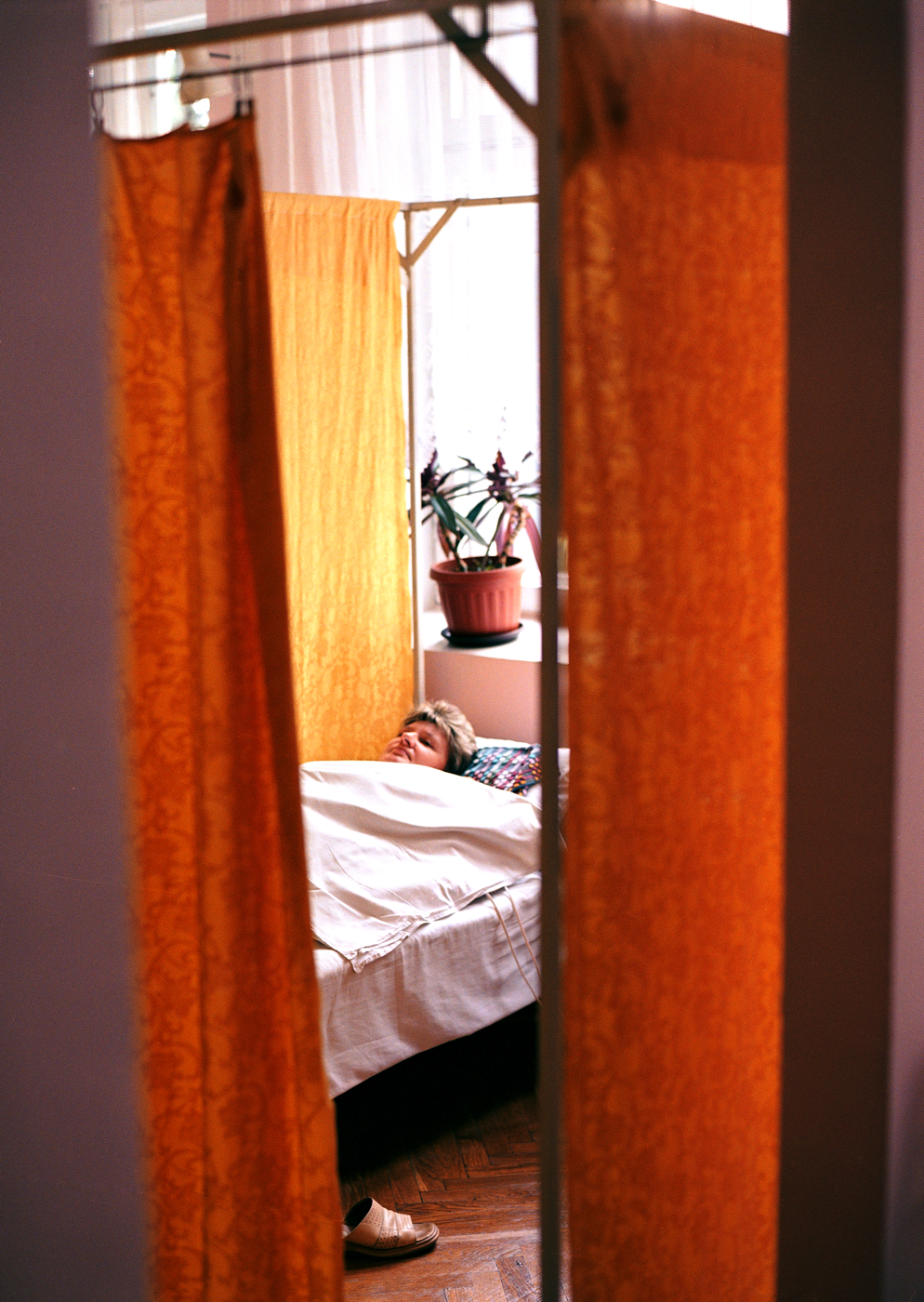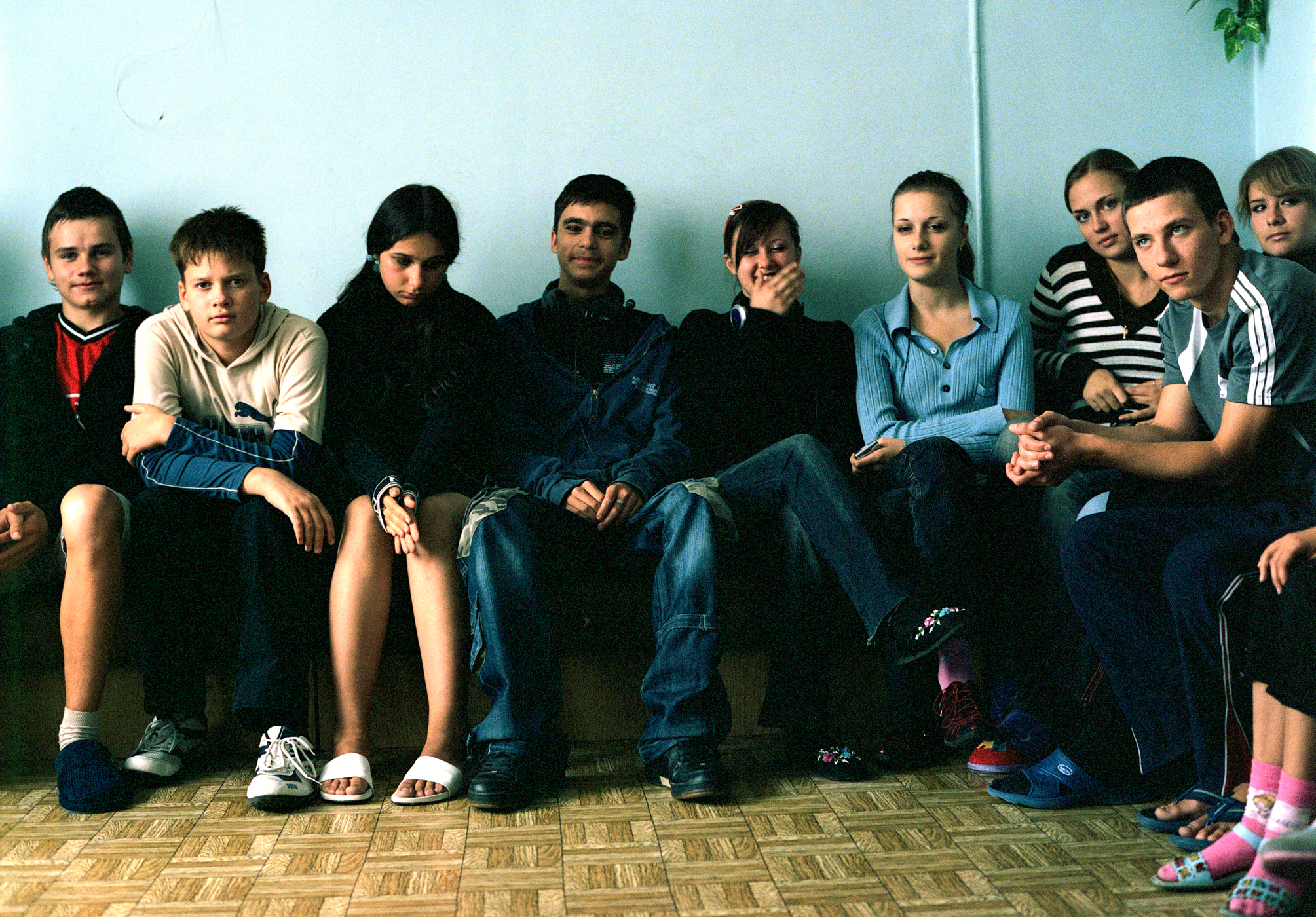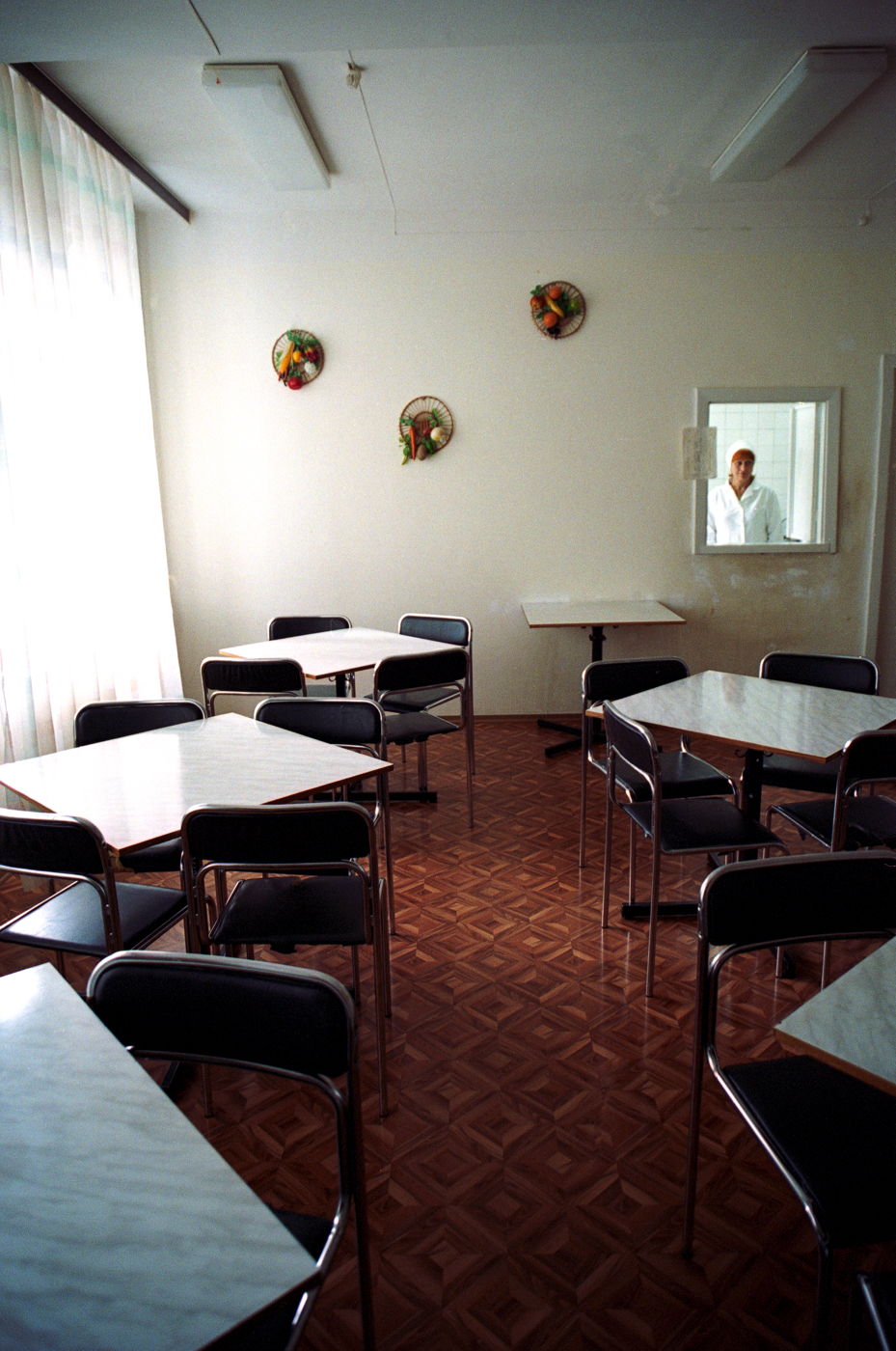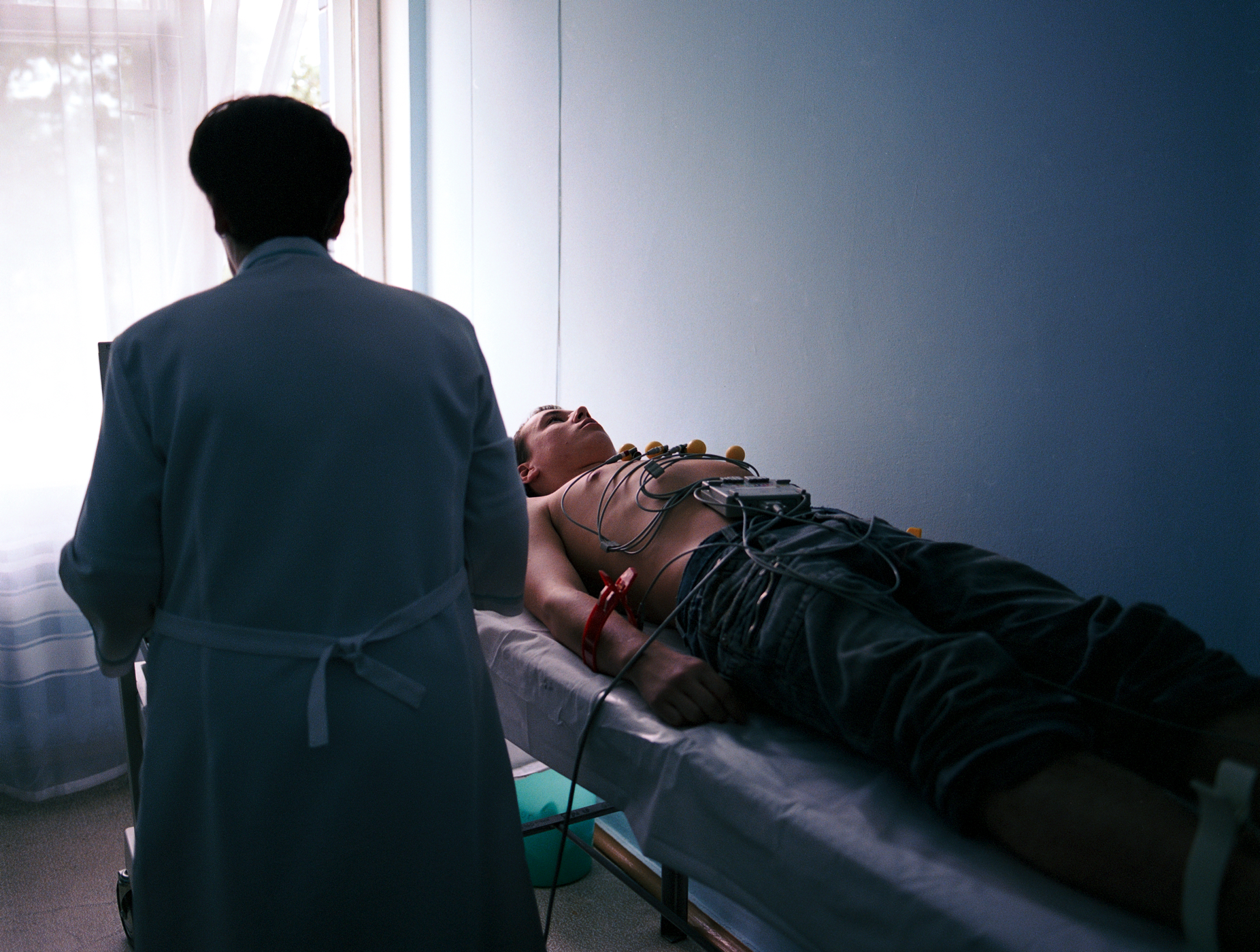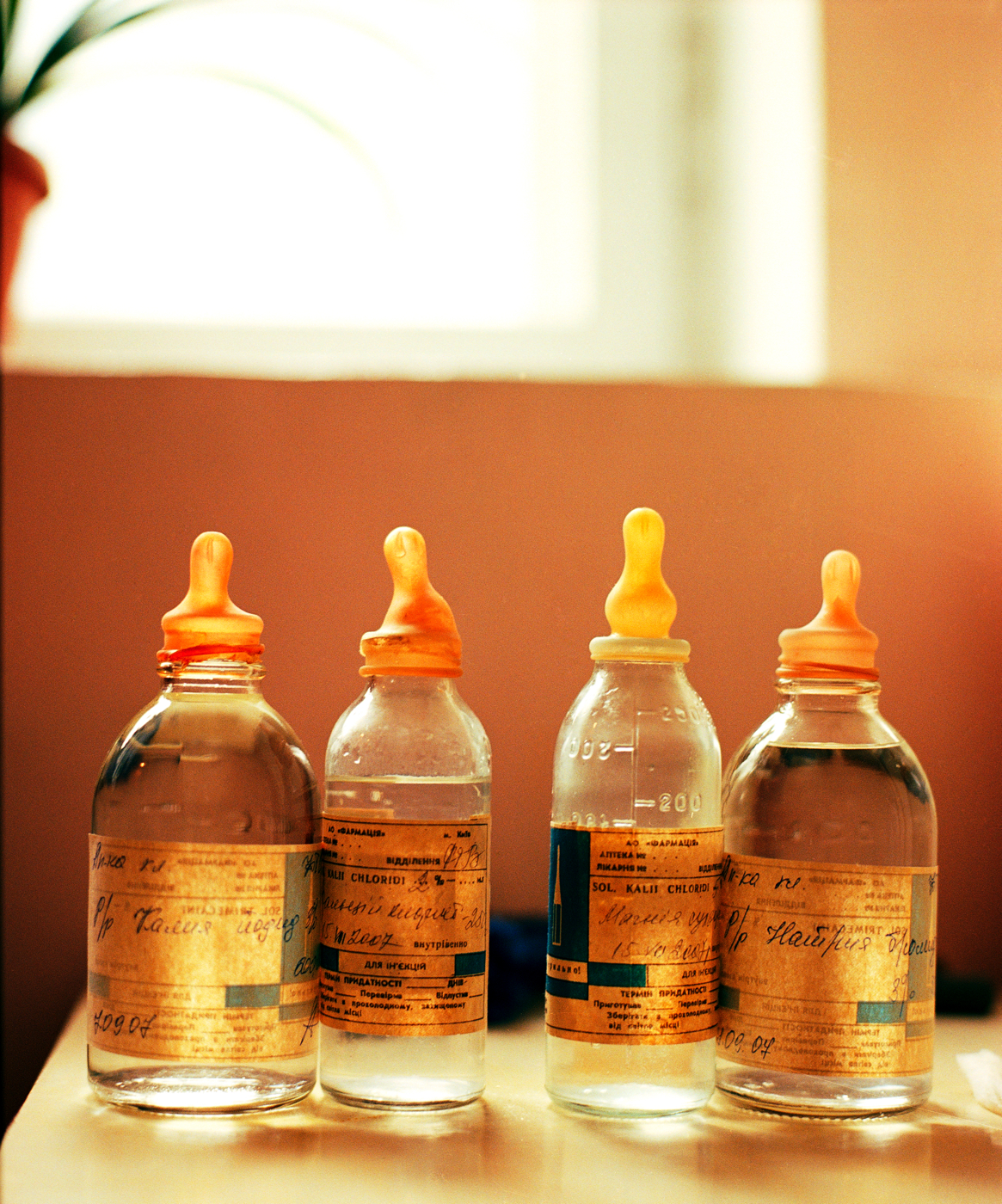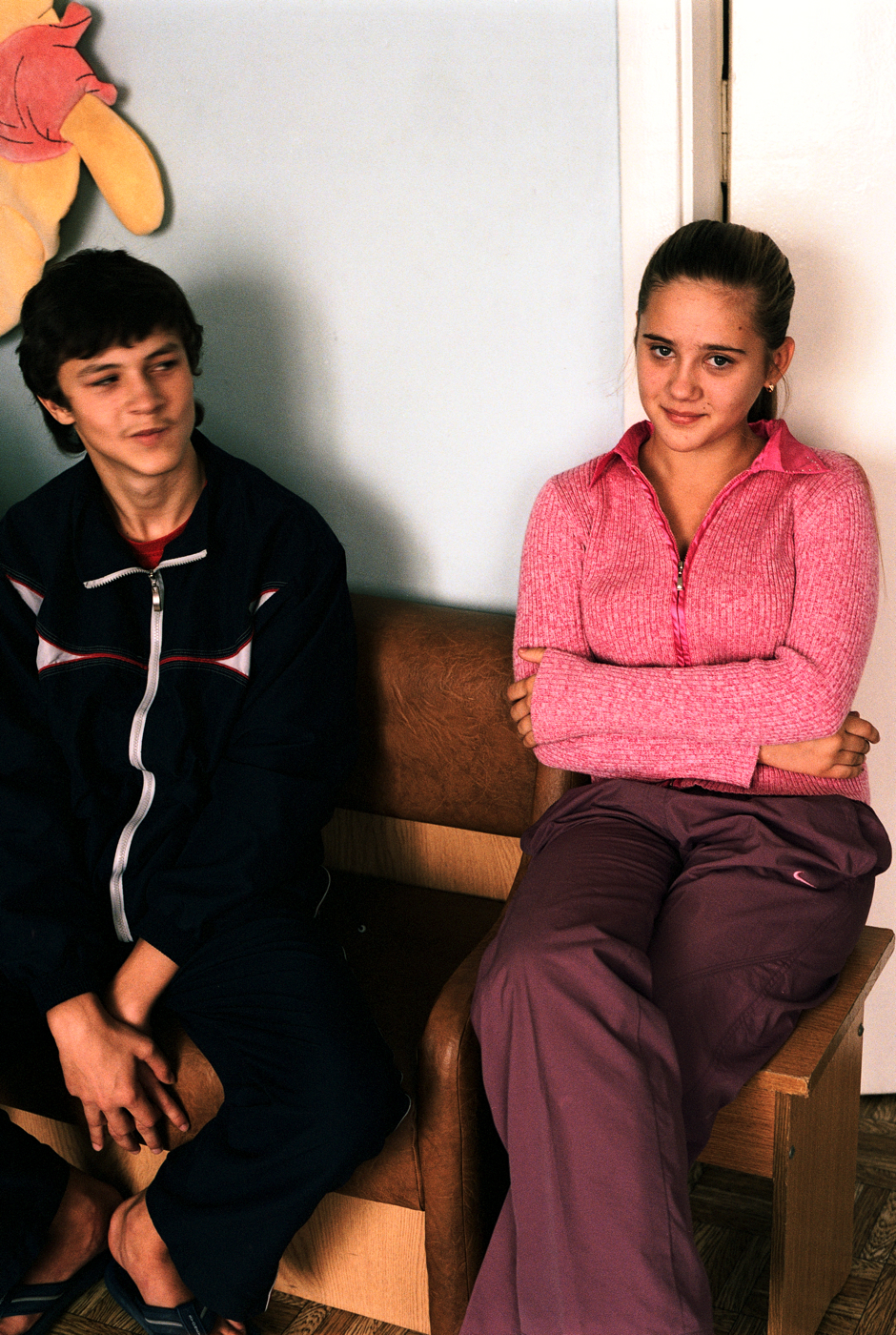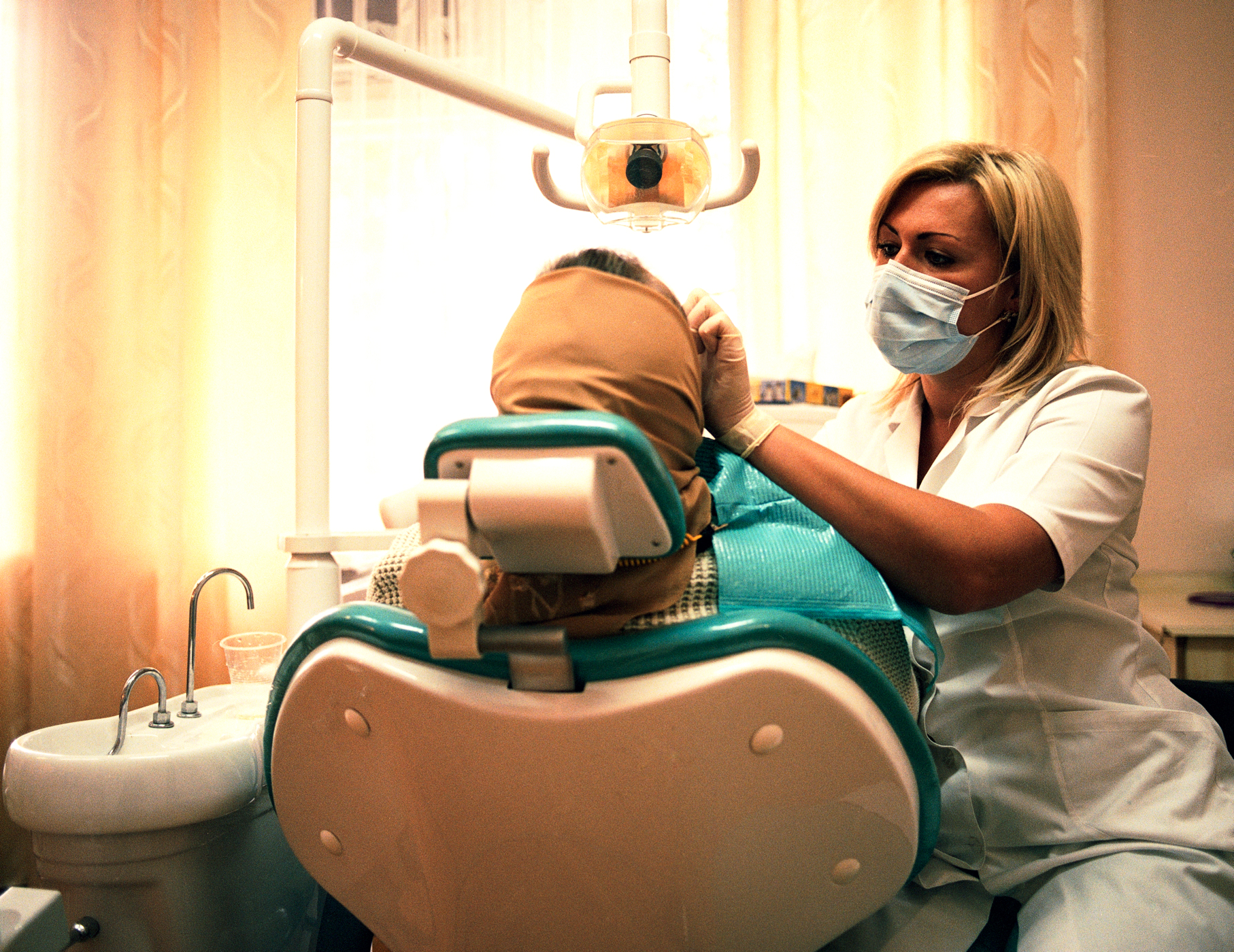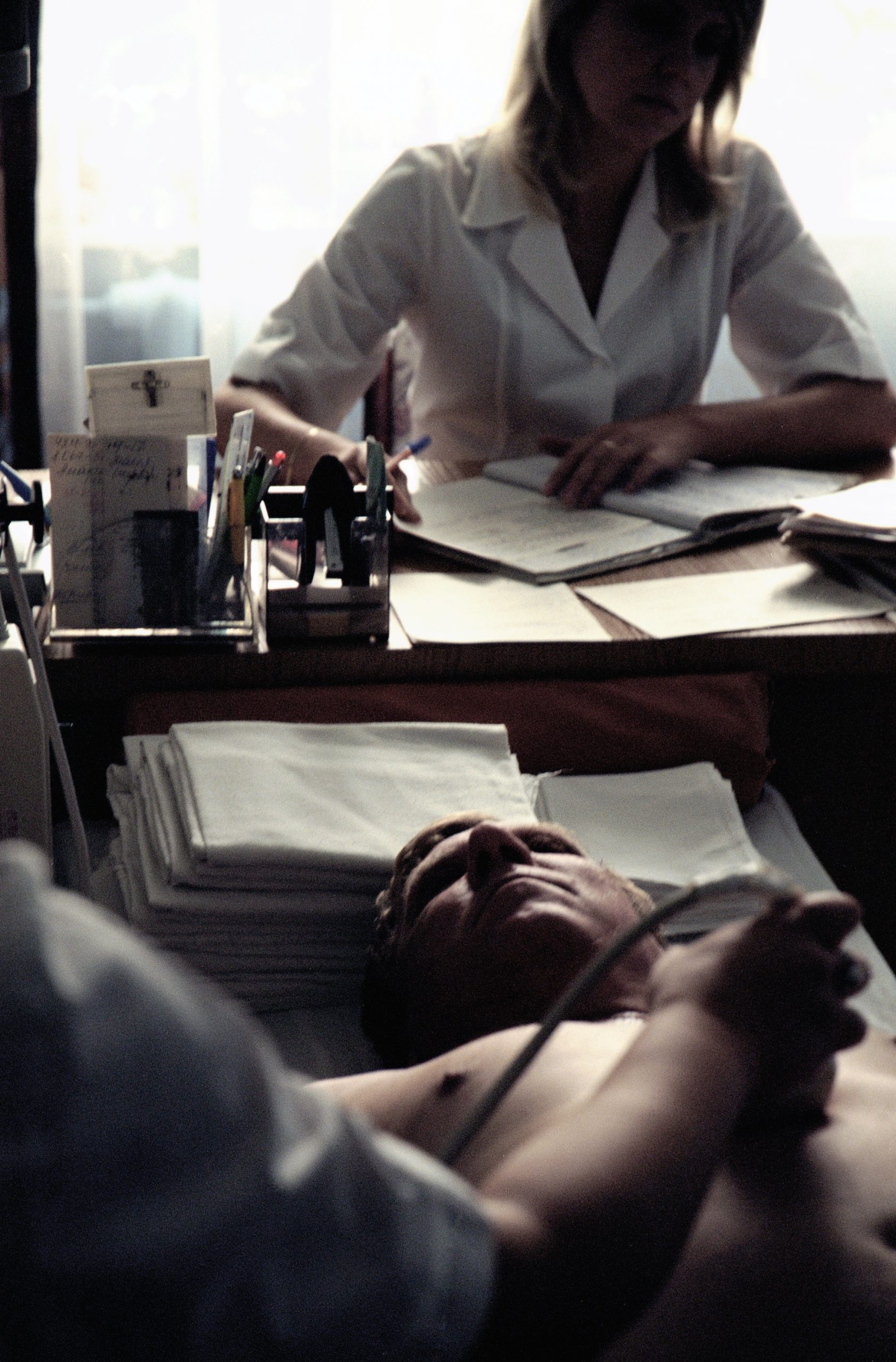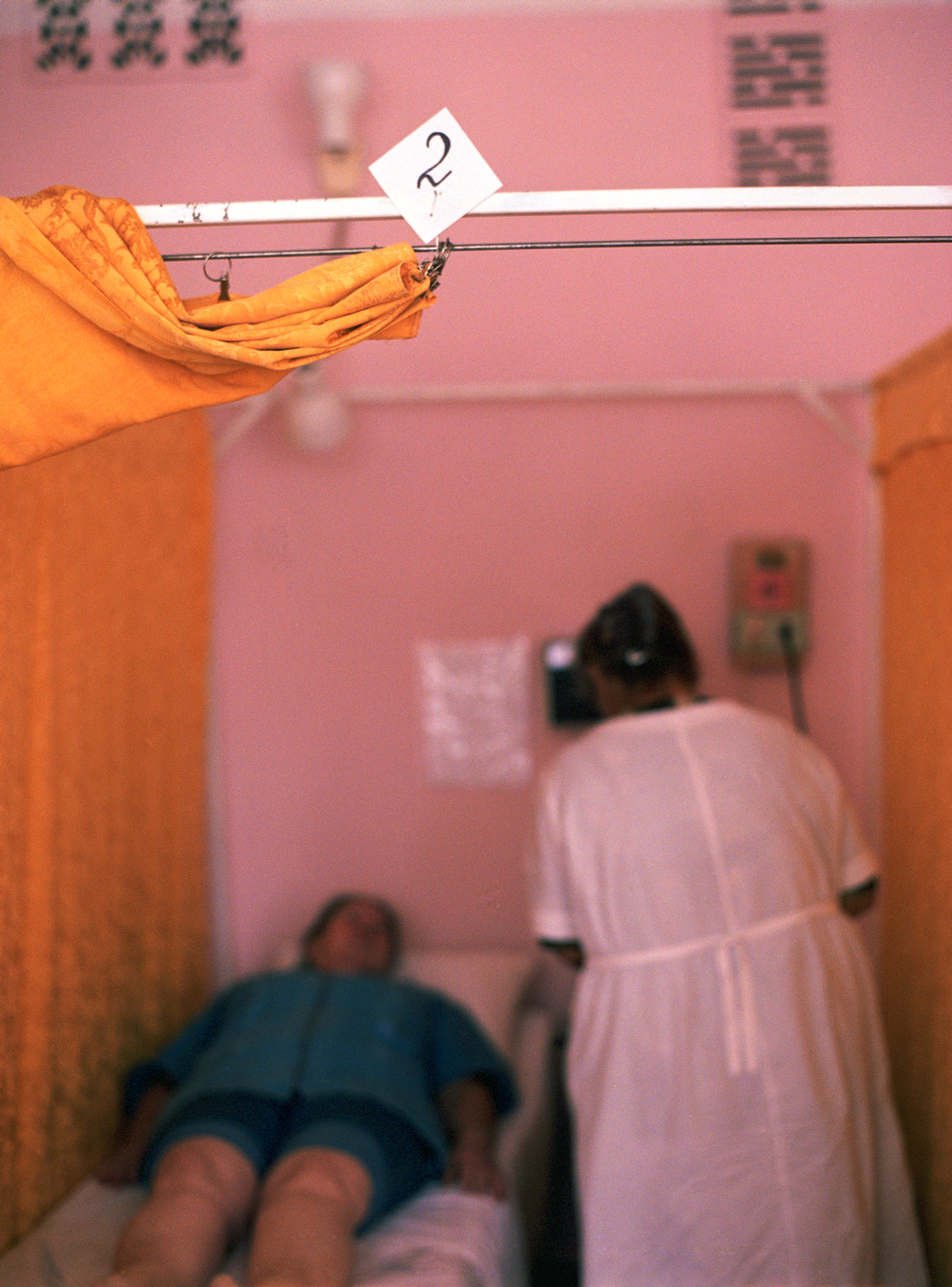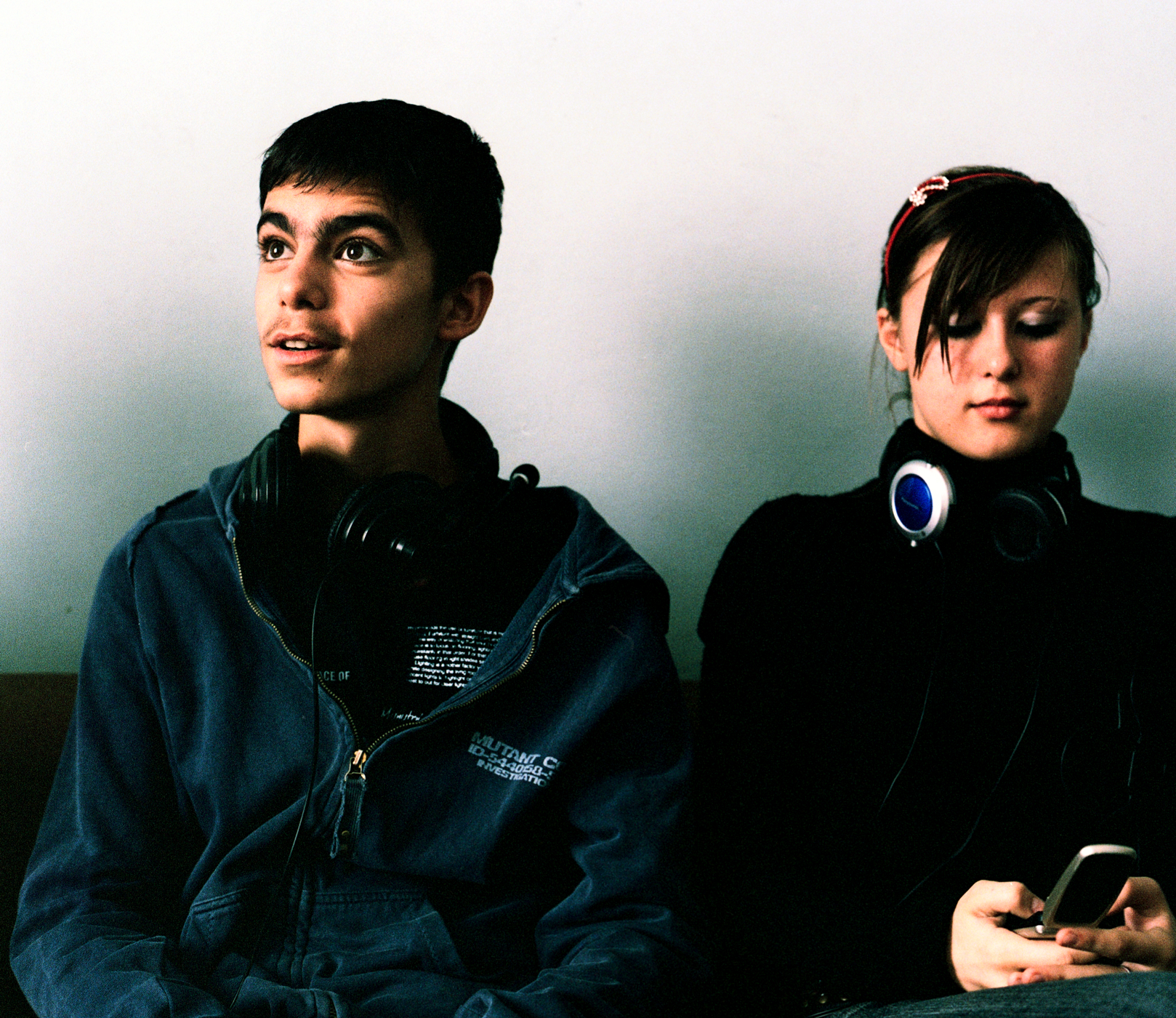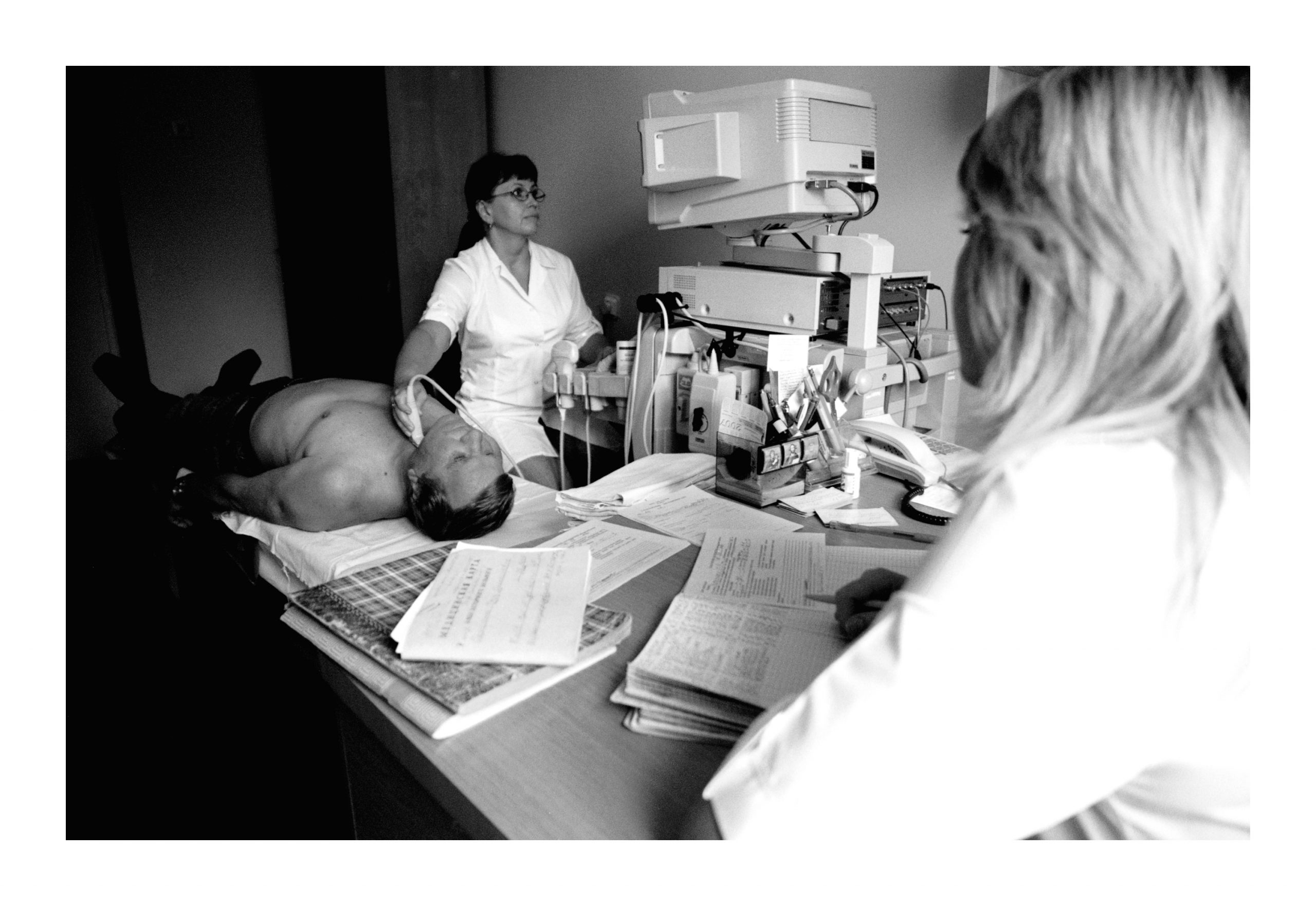RCRM - National Research Center for Radiation Medicine
'The RCRM came into existence as a direct result of the Chernobyl PP Accident. Operations began October 1st, 1986.'
Radiation Center
Dr. Stepanova
This is Dr. Eugenia I. Stepanova, Professor and Head of the Department of Radiation Pediatrics, Congenital and Hereditary Pathology at the RCRM, Kiev.
On the day of my visit she introduced us to a high school class from the Zytomir Oblast. These kids suffered predominantly from thyroid cancer but also from non-cancer thyroid diseases common among the population of regions affected by the Chernobyl accident.
Radiation Center
People that where exposed to radioactivity at the time of the accident or fell victim in the aftermath of the catastrophic event are treated here at the RCRM in Kiev. Some patients hail from the contaminated regions, some are off-springs from emergency workers sent to the Chernobyl region for clean-up duty after the accident. And others were exposed to radioactivity through contaminated water and food.
There is also a RCRM in Minsk, Belarus, as that country suffered the greatest portion of the nuclear fallout. 70% of the radioactive particles emitted by Chernobyl reactor during the accident ended in Belarusian territory, specifically in the Gomel region. I inquired as to how closely those two Radiation Centers were collaborating with each other. “Not at all” was the surprising answer. But the RCRM in Kiev was exchanging data and information with its counterpart in Hiroshima and Nagasaki in an effort to treat and heal their radiated patients.
Radiation Center
Dr. Larysa Ananivna Yanovych
Dr. Yanovych is the Head of International Relations at the Policlinic of Radiation Registry at the Scientific Center for Radiation Medicine, Academy of Medical Sciences of Ukraine. She had been instrumental in granting us access to the RCRM.
Dr. Anver Djarovych Hasanov
Dr. Hasanov is the Deputy Head Doctor of the Policlinic of Radiation Registry at the Scientific Center for Radiation Medicine, Academy of Medical Sciences of Ukraine. He was kind enough to show us around the facility and helped us interviewing Liquidators in the various examination rooms.
Radiation Center
Mischa, Liquidtor
Mischa was a so-called ‘Liquidator’. Liquidators were the civil and military personnel who were called upon to deal with consequences of the 1986 Chernobyl nuclear disaster. Their primary tasks included radiation containment and clean-up efforts of radioactive fall-out in and around the damaged reactors.
Mischa, a truck driver by trade, was in his late fourties and had been receiving treatment at the RCRM since 2006. His speech was interrupted by a light stammer, his left eye did not move in synch with the other. His legs were shaking off and on. His mannerisms, however, were larger than life, he told stories big and small, always with a twinkle in his eyes.
And the best story went as follows: Back in 1986 Mischa lived outside Chernobyl and drove a truck for a local meat company. When the accident occurred he stayed back inside the zone to get the lifestock off the pastures to the meat plant where it was slaughtered immediately. He speaks in Russian and places one word deliberately upon the next. As he reaches the end of his story, his face suddenly lights up. I listen with fascination even tough i don’t speak Russian. All I can make out is the word “Leningrad”. I look at Mischa and he grins from ear to ear. My associate Olenka bursts into loud laughter before she translates: “I drove the truck with the livestock to the plant. There all the cows got killed. Then their remains were turned into ground meat. And the ground meat was then immediately shipped to Leningrad.” His smirk suggested some form of retribution against the Soviets as if to suggest: You got us into this mess, now we ship you a very special meal in return.
Later, his doctor told us that his health was failing. He suffered from leukaemia and the prognosis was grim.
